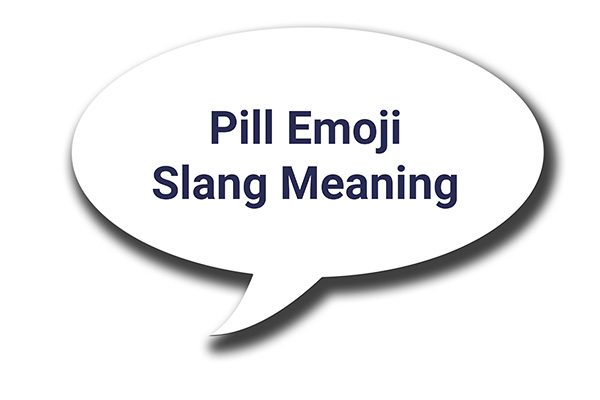
While we often associate emojis with light-hearted communication, they can sometimes serve more complex functions – one such instance is the usage of the 💊 emoji. This little icon doesn’t just mean ‘medicine’ or ‘get well soon.’ In certain contexts, it has a different, and perhaps more troubling, connotation.
💊: More than Just a Pill
In the world of drug slang, the 💊 emoji actually stands for Xanax, a prescription drug used to treat anxiety and panic disorders. It can also represent prescription pills or drugs in general, including oxycodone, a powerful opioid. So, an inquiry such as “got any 💊?” isn't as harmless as it first appears.
Guiding Your Child Around Slang
- Prompting Discussions Start by asking, “What’s a new word you and your friends are into right now?” to spark a dialogue.
- Share with them how language has adapted over time, for instance, during your youth, the term ‘all that and a bag of chips’ was used to describe something that was exceptionally cool.
- Ask them, “What’s your favorite word to describe something as cool?”Additionally, it’s worth talking about how emojis can have different meanings to different people.
- Ask your child if there are any emojis you use that might have other connotations you aren’t aware of. This can help them understand that symbols and phrases can be interpreted differently based on context.
- Self-Expression Through Emojis. Emojis can be a fun and creative way for kids to express themselves digitally.
- Prompt them to think about which emoji best represents them, asking, “If you could describe yourself using just one emoji, which one would you pick?” This can lead to interesting conversations about identity and self-expression.
Parenting in the digital age can be a challenge, but open conversations about online language and digital etiquette can help your kids develop healthy tech habits. Stay informed, stay involved, and remember – every emoji isn’t as simple as it seems.